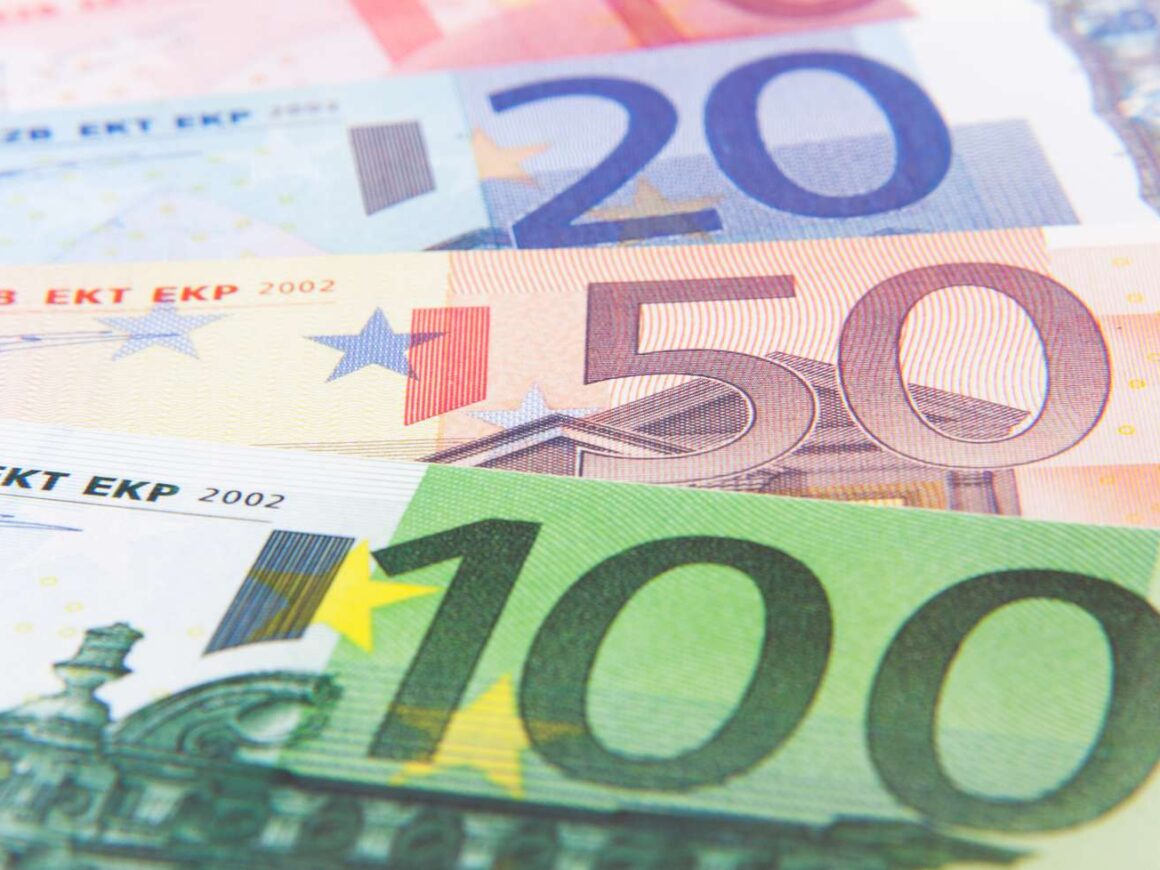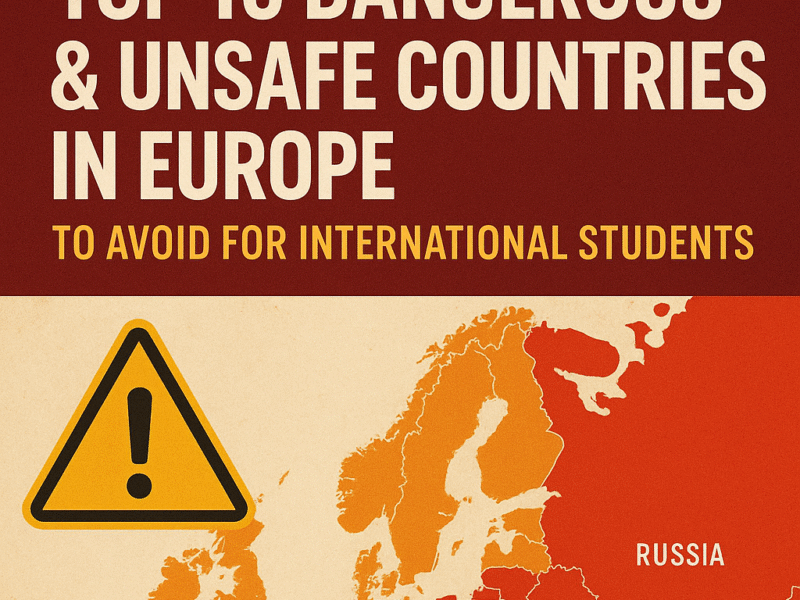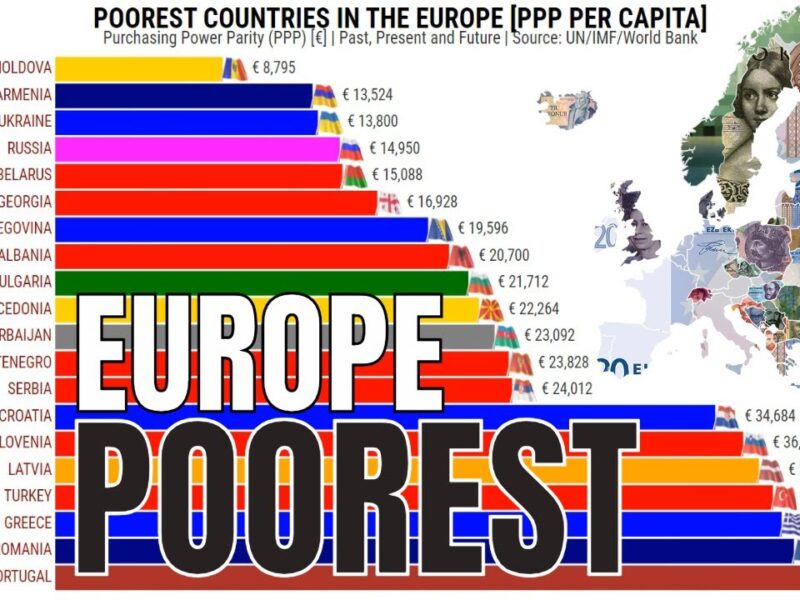The Euro (€) is one of the most powerful and widely used currencies in the world. It plays a central role not only in the European Union but also in global trade and finance. Many people searching for countries that use the Euro as their official currency are either planning to travel, study abroad, invest, or simply want to understand how the Eurozone works. In this guide, we will break down the complete list of countries using the Euro, explain the difference between EU member states and territories, and highlight some interesting facts about the Euro.
What Is the Euro?
The Euro is the official currency of the Eurozone, which consists of European Union (EU) countries that have adopted the Euro as their legal tender. It was introduced in 1999 as an electronic currency and later in 2002 as physical banknotes and coins. Today, it is the second most traded currency in the world after the U.S. Dollar.
The Euro is managed by the European Central Bank (ECB) and the Eurosystem, which work to maintain price stability and economic growth across the Eurozone. Apart from EU countries, several non-EU states and territories also use the Euro either officially or unofficially.
Why Do Countries Adopt the Euro?
Countries choose to adopt the Euro for a variety of reasons:
- Economic stability: The Euro provides a stable and strong currency for trade and investment.
- Ease of travel and trade: Citizens and businesses benefit from not having to exchange money within the Eurozone.
- Integration with the EU economy: Countries using the Euro are part of a larger single market with over 300 million people.
- Global influence: Being part of the Eurozone strengthens international economic relationships.
List of EU Member States That Use the Euro
Currently, 20 EU member states use the Euro as their official currency. Collectively, they form the Eurozone. Below is the full list:
- Austria
- Belgium
- Croatia (joined in January 2023)
- Cyprus
- Estonia
- Finland
- France
- Germany
- Greece
- Ireland
- Italy
- Latvia
- Lithuania
- Luxembourg
- Malta
- Netherlands
- Portugal
- Slovakia
- Slovenia
- Spain
These countries form the core of the Eurozone and use the Euro as their sole legal tender. All banking transactions, trade, salaries, and government budgets are carried out in Euros.
Non-EU Countries and Territories That Use the Euro
Interestingly, the Euro is not limited only to EU members. Some countries and territories outside the EU also use the Euro either officially or through special agreements with the EU. These include:
Non-EU Countries That Officially Use the Euro
- Andorra – Uses the Euro under an agreement with the EU.
- Monaco – Officially uses the Euro through a monetary agreement.
- San Marino – Uses the Euro with authorization from the EU.
- Vatican City – Uses the Euro and even issues its own Euro coins.
- Kosovo – Uses the Euro unilaterally, without formal agreement with the EU.
- Montenegro – Also adopted the Euro unilaterally.
Overseas Territories of EU Countries Using the Euro
Several overseas territories linked to Eurozone members also use the Euro. These include:
- Guadeloupe (France)
- Martinique (France)
- French Guiana (France)
- Réunion (France)
- Mayotte (France)
- Saint Pierre and Miquelon (France)
- Madeira (Portugal)
- Azores (Portugal)
- Canary Islands (Spain)
Countries in the EU That Do Not Use the Euro
Not all European Union countries have adopted the Euro. Some continue to use their national currencies for economic or political reasons. These countries include:
- Bulgaria (Bulgarian Lev)
- Czech Republic (Czech Koruna)
- Denmark (Danish Krone)
- Hungary (Hungarian Forint)
- Poland (Polish Zloty)
- Romania (Romanian Leu)
- Sweden (Swedish Krona)
Many of these countries are expected to adopt the Euro in the future, although there is no fixed timeline. For example, Bulgaria is already preparing to transition to the Euro in the coming years.
Benefits of Using the Euro
The Euro brings significant advantages to both individuals and businesses:
- No currency exchange costs: Travelers and businesses save money by not having to exchange currency within the Eurozone.
- Price transparency: Consumers can easily compare prices across different countries.
- Stronger financial system: A shared currency fosters stability in the banking and financial sector.
- Ease of trade: Companies benefit from simplified trade and reduced currency risks.
Challenges of Using the Euro
While the Euro has many benefits, it also comes with challenges:
- Loss of monetary independence: Countries cannot control their own interest rates and monetary policies.
- Economic differences: Wealthier countries sometimes face challenges supporting weaker economies within the Eurozone.
- Debt crises: The Eurozone has faced debt crises in countries like Greece, which exposed weaknesses in shared economic management.
Future of the Euro
The Euro is likely to expand further as more EU countries meet the criteria to adopt it. With globalization and increasing international trade, the Euro’s influence will continue to grow. Its stability makes it attractive not just in Europe but also in international markets.
Conclusion
To sum up, the Euro is more than just a currency—it is a symbol of unity and cooperation in Europe. Currently, 20 EU member states and several non-EU countries and territories use the Euro as their official currency. It provides stability, convenience, and economic power on a global scale.
If you are planning to travel, invest, or study in Europe, knowing the list of countries that use the Euro can help you prepare better financially. As the Eurozone continues to expand, this currency will remain one of the most important in the world.
Frequently Asked Questions (FAQs)
1. How many countries use the Euro in 2025?
As of 2025, 20 EU member states and several non-EU countries and territories use the Euro.
2. Is the Euro stronger than the US Dollar?
The strength of the Euro compared to the US Dollar varies depending on the global economy. Sometimes the Euro is stronger, while other times the Dollar leads.
3. Can I use the Euro outside of Europe?
While the Euro is mainly used in Europe, it is widely accepted in international trade, tourism, and foreign exchange. Some countries outside Europe may also accept it unofficially.
4. Which was the latest country to adopt the Euro?
Croatia is the most recent country to adopt the Euro, officially joining the Eurozone in January 2023.





